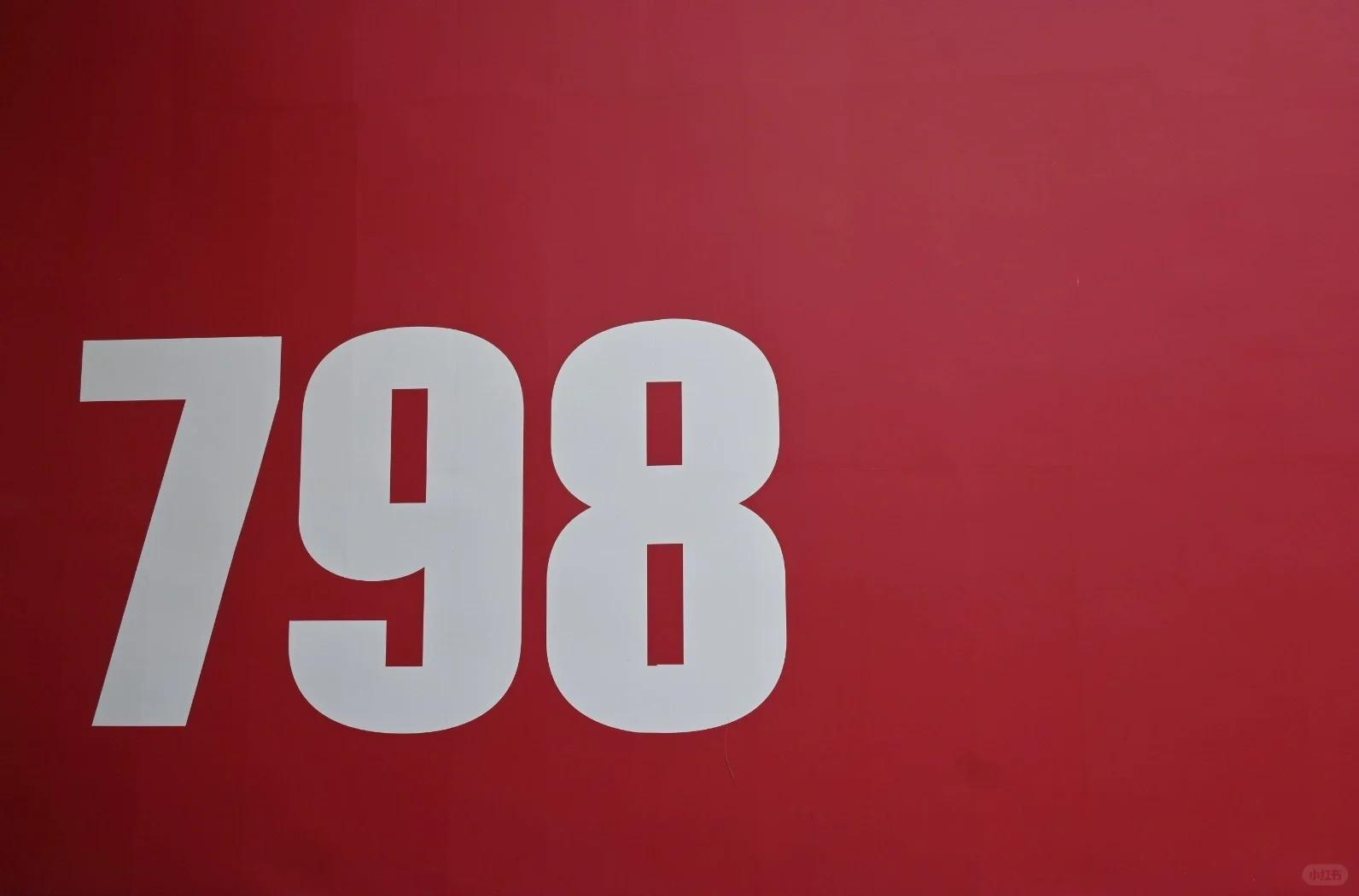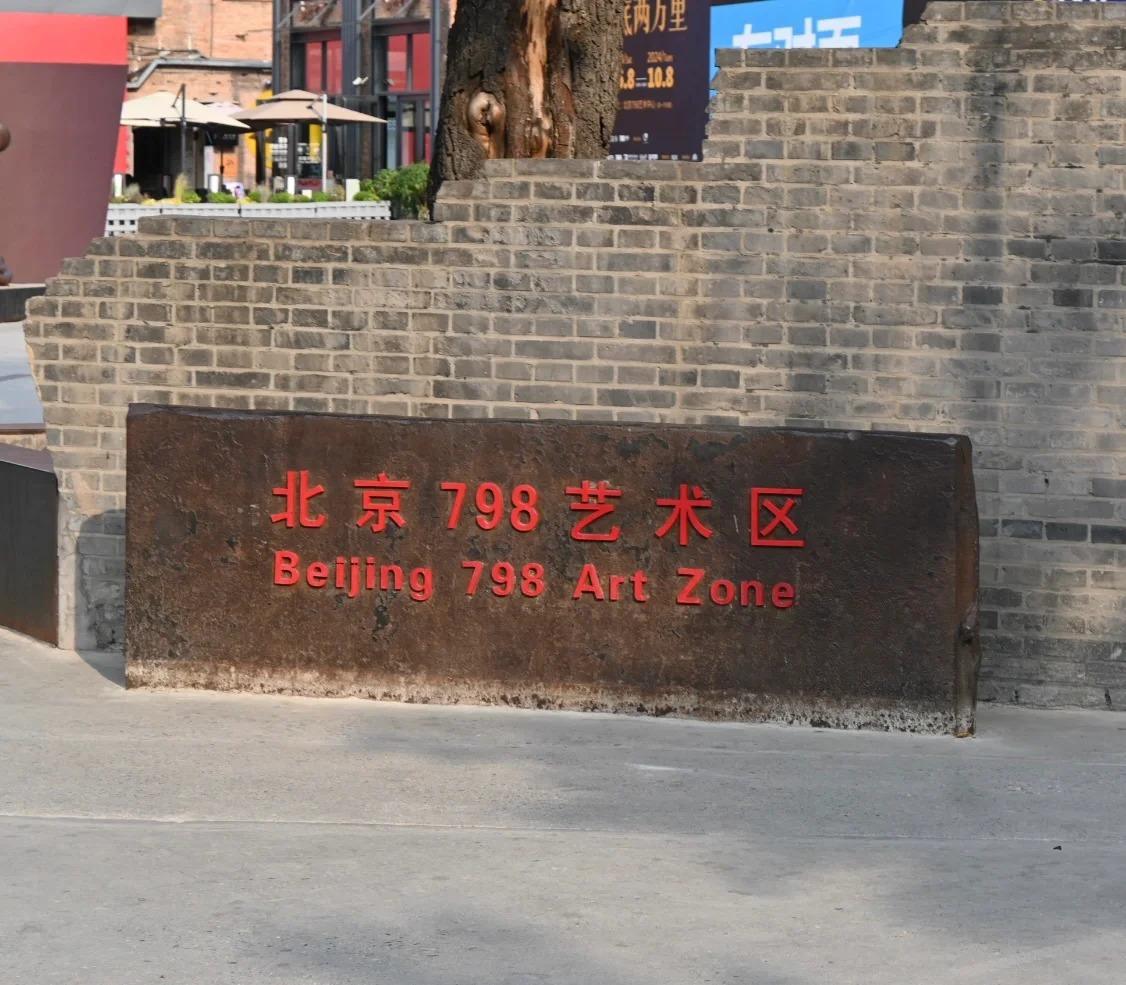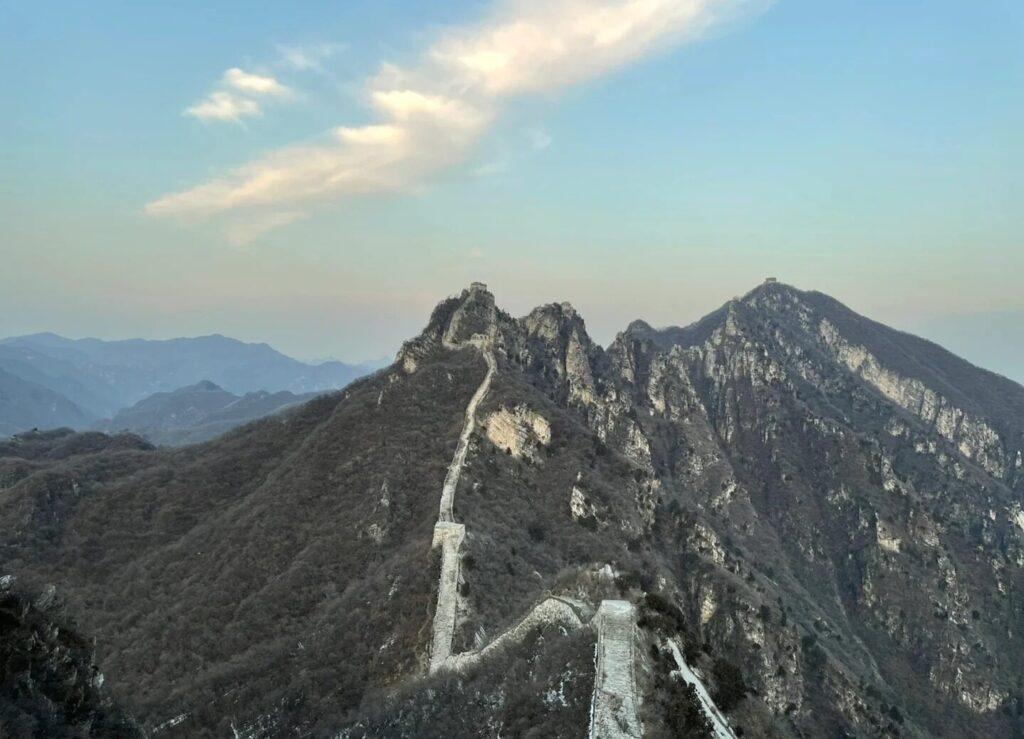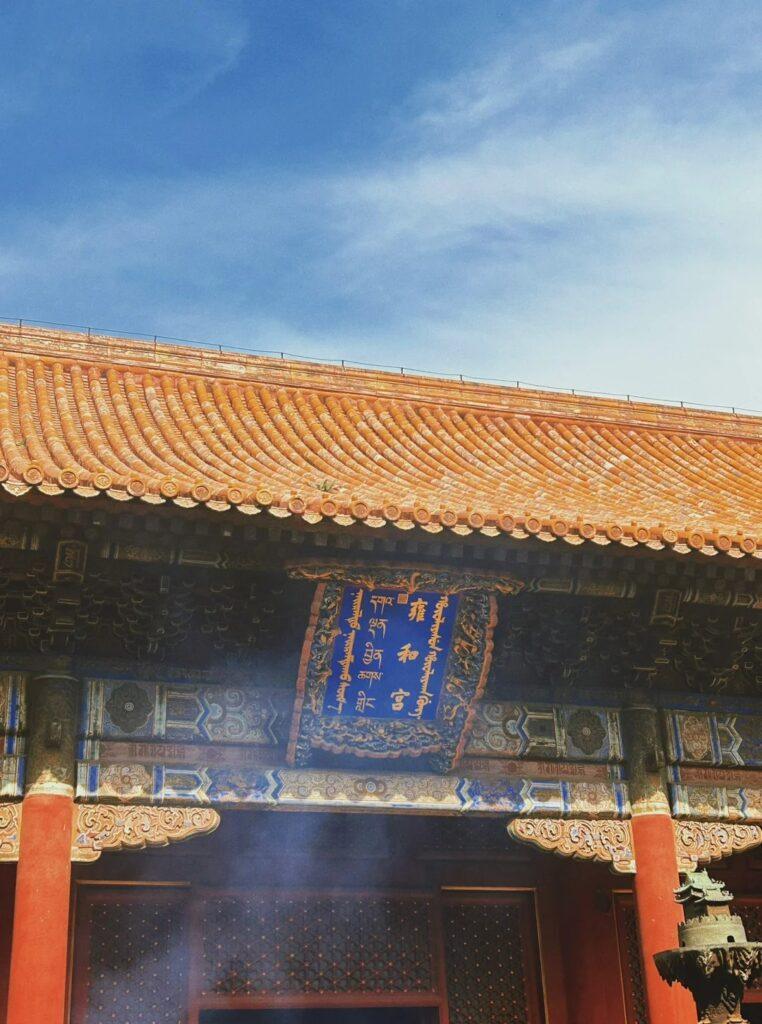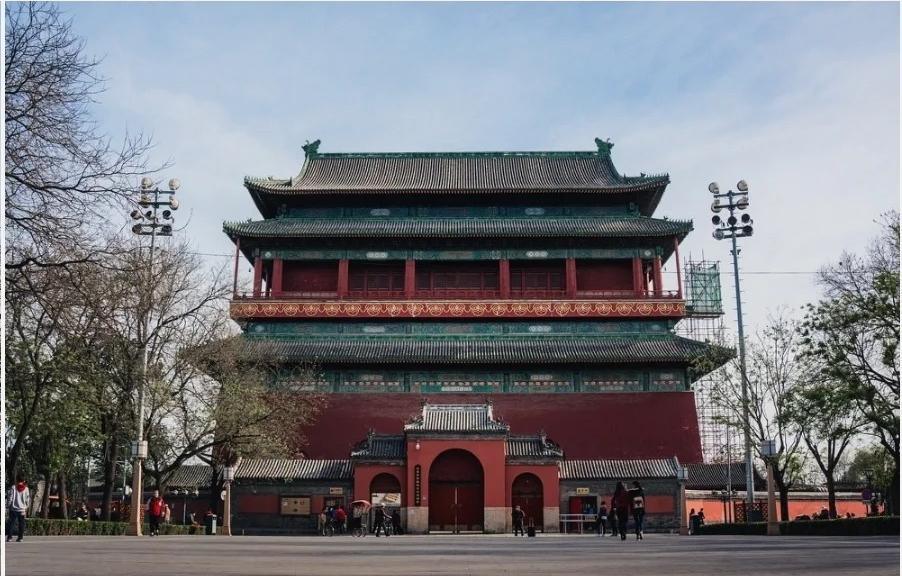Visiting Information
| Information | Details |
|---|---|
| Chinese Name | 798艺术区 (798 Yìshù Qū) |
| Location and Address | 2 Jiuxianqiao Road, Chaoyang District, Beijing, China |
| Opening Time/Hours | 10:00 AM – 6:00 PM daily (individual galleries may vary) |
| Entrance Fee | Free to enter the district; individual galleries may charge fees |
| How to Get There | By Metro: Take Line 14 to 798 Art Zone Station, Exit B1 By Bus: Take bus 402, 405, 418, 445, 540, 909, 955, 973, 988 to 798 Art District stop By Taxi: Tell the driver “798 Yishu Qu” |
| Best Time for Visit | Spring (April-May) or Autumn (September-October) for pleasant weather; weekdays for fewer crowds |
| Contact Info | +86 10 5978 9798; [email protected] |
Overview
The 798 Art District, located in the Dashanzi area of Beijing, is a thriving hub of contemporary art and culture. Once a complex of decommissioned military factories, it has been transformed into a vibrant community of art galleries, studios, design companies, restaurants, and cafes. The district is renowned for its unique blend of avant-garde art exhibitions, Bauhaus-inspired architecture, and historical significance, making it a must-visit destination for art enthusiasts and cultural explorers in Beijing.
Historical Background
The history of 798 Art District dates back to the 1950s when it was originally constructed as part of a joint factory project between China and East Germany. The area, known as Joint Factory 718, was designed by East German architects and consisted of several state-owned electronics factories. In the late 1990s, as many of these factories began to close or relocate, artists and cultural organizations started to move in, attracted by the low rents and unique architectural spaces. By the early 2000s, the area had organically evolved into an arts district, with the number “798” coming from one of the main factory buildings. Despite initial plans for demolition, the cultural significance of the area was recognized, and in 2006, the Beijing government designated 798 as a protected art district, cementing its status as a key cultural landmark in the city.
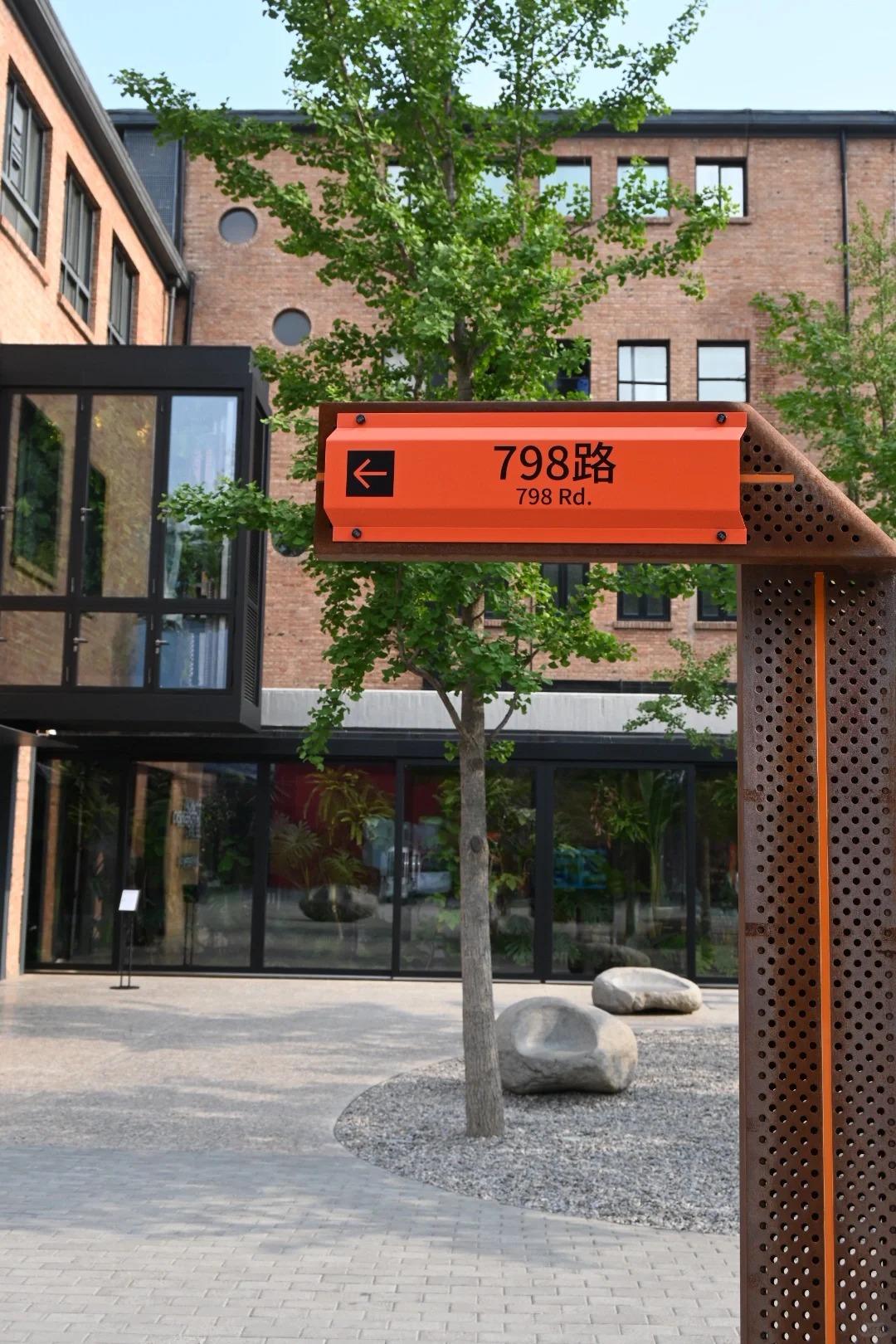
Architectural Features
- Bauhaus-inspired Factory Buildings: The most distinctive feature of 798 Art District is its industrial architecture, inspired by the Bauhaus style. These buildings, characterized by their high ceilings, large windows, and sawtooth roofs, were designed to maximize natural light and ventilation. Today, these spaces have been repurposed into galleries and studios, preserving their industrial aesthetic while serving new artistic functions.
- Street Art and Sculptures: Throughout the district, visitors can find an array of outdoor sculptures and street art installations. These pieces range from large-scale sculptures to murals and graffiti, adding to the district’s vibrant and eclectic atmosphere. The outdoor art constantly changes, reflecting the dynamic nature of the community.
- Preserved Industrial Elements: Many of the original industrial elements have been intentionally preserved and incorporated into the district’s current design. This includes old machinery, pipelines, and even Cultural Revolution-era slogans painted on walls. These elements serve as a reminder of the area’s history and add to its unique character.
Cultural Importance
798 Art District holds immense cultural importance as a symbol of China’s contemporary art scene and creative industry. It represents the transformation of Beijing from a city known primarily for its ancient heritage to one that embraces modern artistic expression. The district has played a crucial role in nurturing Chinese contemporary artists and providing a platform for international cultural exchange. It has become a space where art, politics, and social commentary intersect, often pushing the boundaries of artistic expression in China. The preservation and success of 798 also serve as a model for the adaptive reuse of industrial spaces, inspiring similar projects in other Chinese cities and around the world.
Surrounding Attractions
- Ullens Center for Contemporary Art (UCCA): Located within the 798 Art District, UCCA is one of China’s leading independent contemporary art institutions. It hosts major exhibitions featuring both Chinese and international artists, and has played a significant role in promoting contemporary art in China. The center’s diverse program of exhibitions, public events, and educational activities makes it a cornerstone of the district’s cultural offerings.
- 751 D-Park: Adjacent to 798, this smaller art district is housed in a former power plant. It focuses more on design and fashion, complementing the contemporary art focus of 798. 751 D-Park hosts various design exhibitions and fashion shows throughout the year, adding another dimension to the area’s creative atmosphere.
- Caochangdi Art Village: Located about 2 kilometers northeast of 798, Caochangdi is another significant art district in Beijing. It offers a more low-key and authentic experience compared to 798, with numerous galleries and artists’ studios. Caochangdi provides visitors with the opportunity to explore a different facet of Beijing’s contemporary art scene.
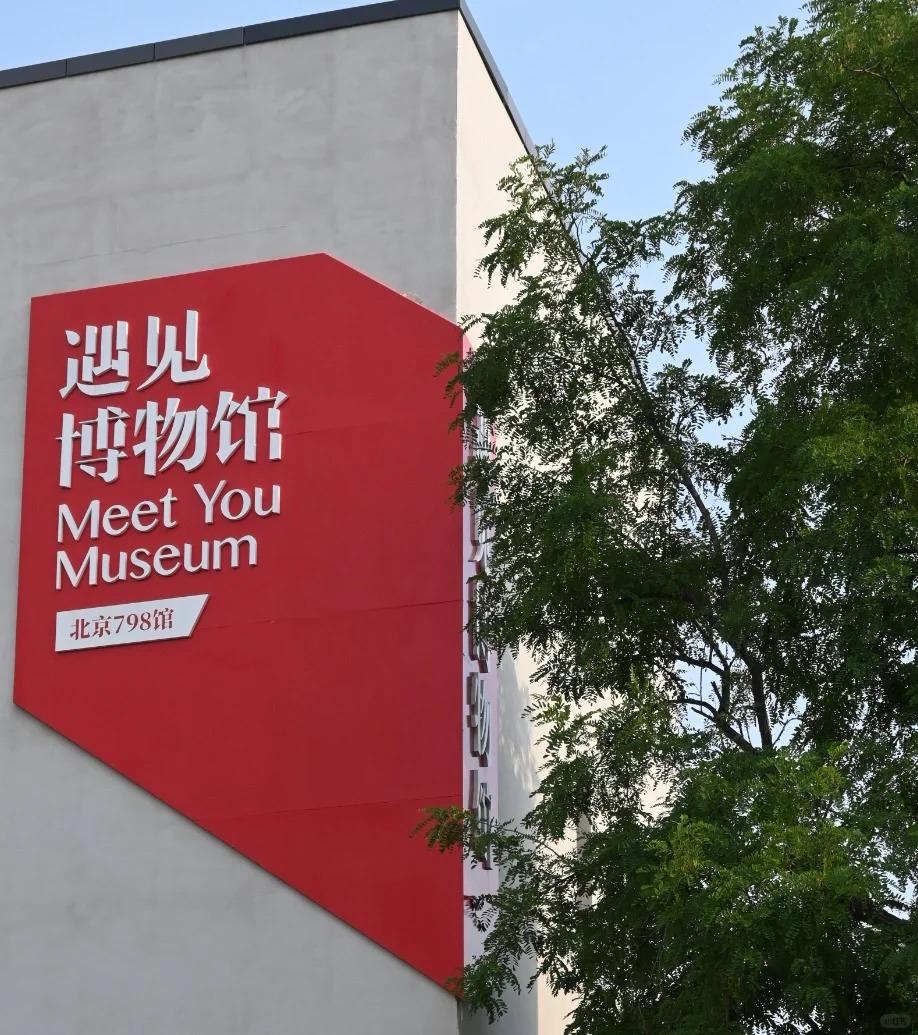
Photography Opportunities
- Industrial Architecture: The Bauhaus-inspired factory buildings with their distinctive sawtooth roofs and large windows offer excellent subjects for architectural photography. The interplay of light and shadow within these structures creates interesting compositions, especially during golden hour.
- Street Art and Sculptures: The district is filled with colorful murals, graffiti, and large-scale sculptures that provide endless opportunities for vibrant and eclectic shots. These ever-changing artworks ensure that each visit offers new subjects to capture.
- Gallery Interiors: Many galleries in 798 allow photography of their exhibitions (always check first). The juxtaposition of contemporary art against the industrial backdrop of the converted factory spaces can result in striking images.
- Street Life and Events: The bustling atmosphere of 798, especially during events or on weekends, provides ample opportunities for street photography. Capture artists at work, visitors interacting with art installations, or the lively cafe culture that has developed in the district.
Modern Importance
- Contemporary Art Hub: 798 Art District continues to be at the forefront of China’s contemporary art scene. It serves as a crucial platform for emerging Chinese artists and a space for established artists to showcase their work. The district’s galleries and exhibition spaces contribute significantly to the development and promotion of contemporary Chinese art both domestically and internationally.
- Cultural Tourism: As one of Beijing’s most popular cultural destinations, 798 plays a vital role in the city’s cultural tourism industry. It attracts both domestic and international visitors, contributing to Beijing’s image as a modern, creative city and boosting the local economy through art sales, dining, and retail.
- Creative Industry Incubator: Beyond visual arts, 798 has become a hub for various creative industries including design, fashion, and media. This concentration of creative businesses and individuals fosters innovation and contributes to Beijing’s development as a center for the creative economy.
- Urban Renewal Model: The success of 798 Art District in transforming a derelict industrial area into a thriving cultural space has made it a model for urban renewal projects across China and beyond. It demonstrates the potential of adaptive reuse in preserving industrial heritage while fostering cultural and economic development.
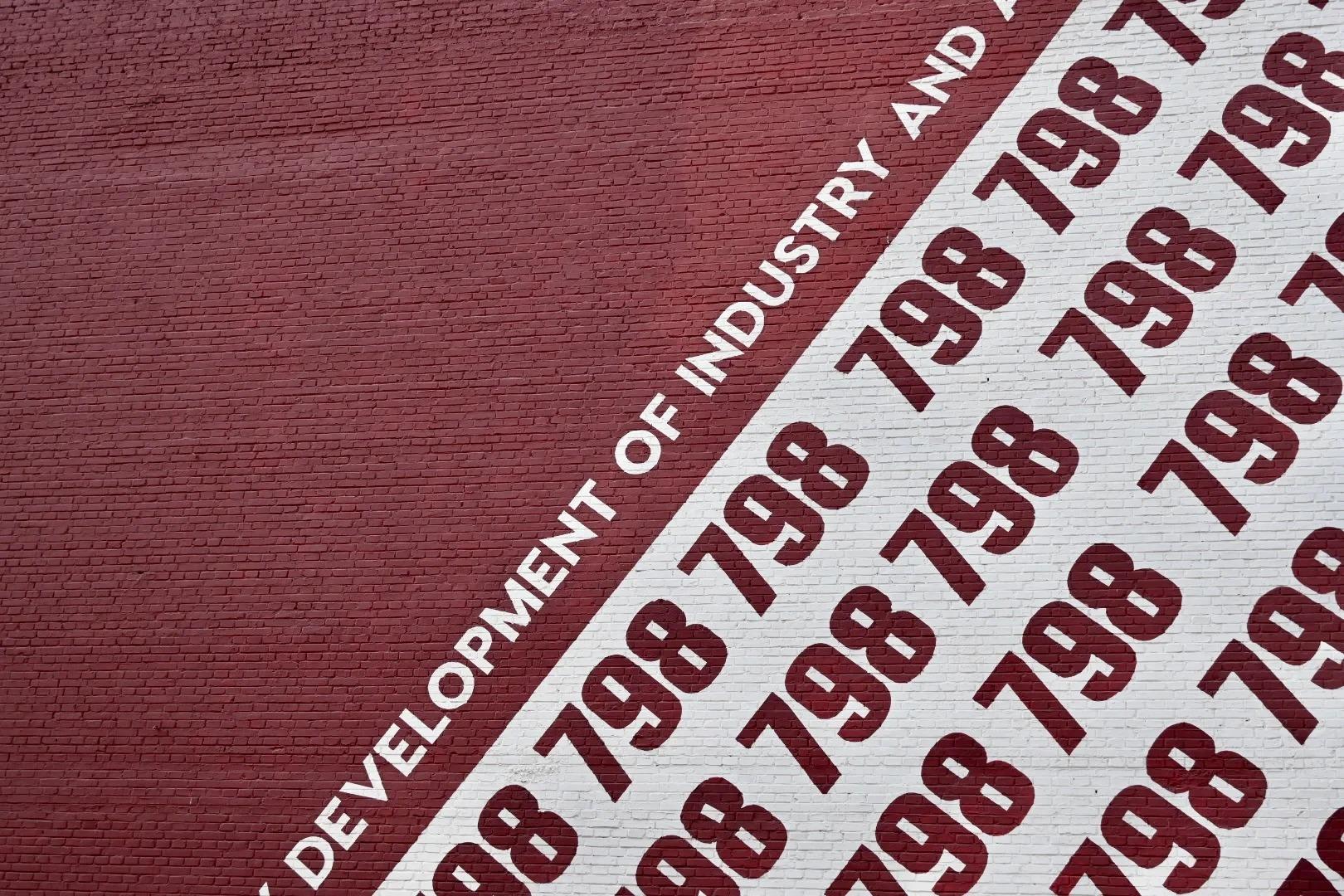
FAQ
- What is 798 Art District famous for?
798 Art District is famous for being Beijing’s premier contemporary art hub, known for its unique Bauhaus-style architecture, numerous art galleries, studios, and cultural spaces. It’s renowned for showcasing cutting-edge Chinese and international contemporary art. - What’s inside 798 Art District?
Inside 798 Art District, you’ll find a variety of art galleries, exhibition spaces, artist studios, design shops, cafes, and restaurants. The district also features outdoor sculptures, street art, and preserved industrial elements from its factory past. - Is 798 Art District free?
Yes, entry to 798 Art District itself is free. However, some individual galleries or special exhibitions within the district may charge an entrance fee. - Is 798 Art District worth visiting?
Absolutely! 798 Art District is worth visiting for anyone interested in contemporary art, architecture, or modern Chinese culture. It offers a unique blend of art, history, and urban renewal that provides insight into Beijing’s creative scene. - What to do in 798 Art District?
In 798 Art District, you can explore art galleries, view outdoor sculptures and installations, attend art openings and events, shop at design stores, enjoy coffee at trendy cafes, take photos of the unique architecture and street art, and soak in the creative atmosphere. - How do I get to 798 Art District in the local city?
To get to 798 Art District in Beijing:
1. By Metro: Take Line 14 to 798 Art Zone Station, Exit B1.
2. By Bus: Take bus 402, 405, 418, 445, 540, 909, 955, 973, or 988 to the 798 Art District stop.
3. By Taxi: Tell the driver “798 Yishu Qu” (798 Art District). - How to visit 798 Art District?
To visit 798 Art District:
1. Plan to spend at least half a day exploring.
2. Start at the main entrance and pick up a map if available.
3. Visit the major galleries like UCCA Center for Contemporary Art.
4. Wander the streets to discover smaller galleries and street art.
5. Take breaks at the numerous cafes and restaurants in the area.
6. Check for any special exhibitions or events happening during your visit.
7. Consider joining a guided tour for more in-depth information about the art and history of the district.
8. Don’t forget to bring your camera to capture the unique architecture and artworks.


